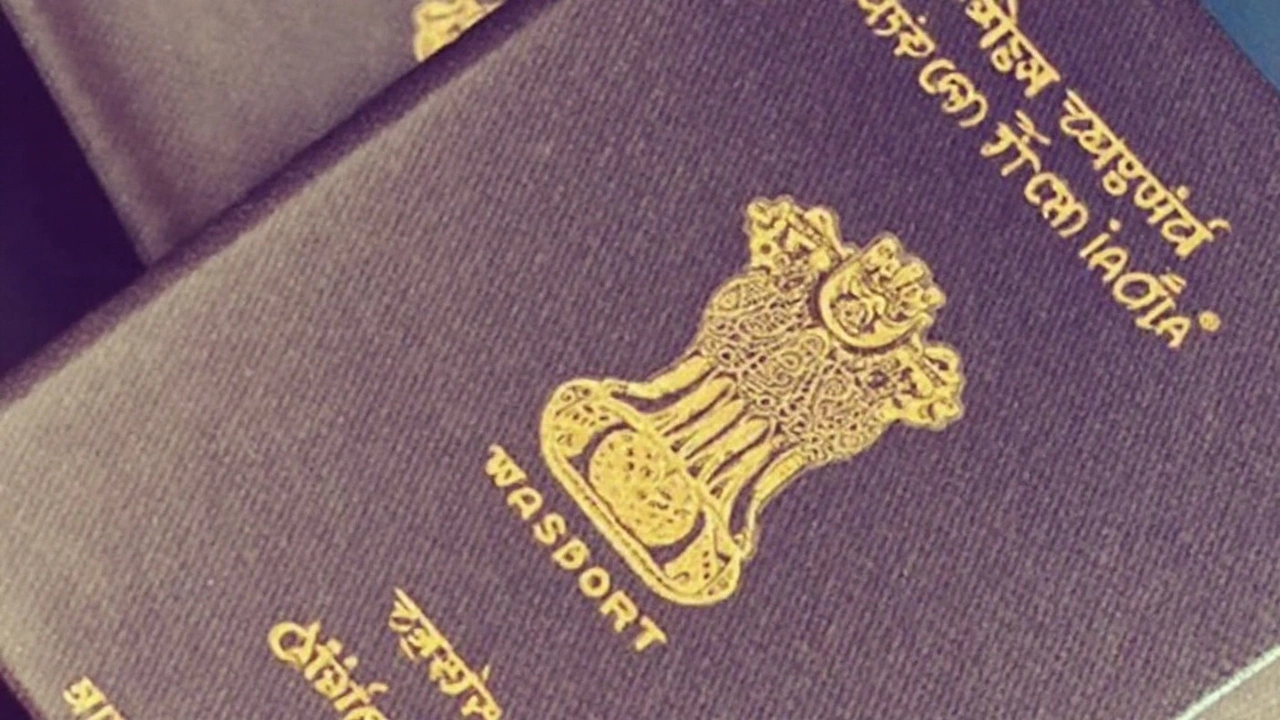What the $100,000 Fee Actually Covers
The September 19, 2025 Presidential Proclamation introduced a one‑time, $100,000 surcharge for H‑1B visa petitions. While the headline number sounded dramatic, the fine print reveals a narrower scope. The fee is charged only when an employer files a brand‑new H‑1B petition after Sept. 21, 2025. It is not an annual levy, nor does it attach to extensions, renewals, or anyone already holding a valid H‑1B visa.
USCIS’s September 20 memorandum and the follow‑up FAQ dated Sept. 21 emphasize that the charge is prospective. In other words, if a petition was on the books before the cutoff, the employer pays the standard processing fees, not the new $100,000 amount. The Department of Homeland Security also clarified that the fee does not affect beneficiaries who already possess an H‑1B visa, nor those whose petitions are merely in the adjudication pipeline.
- Petitions filed before Sept. 21, 2025 – no extra fee
- Approved H‑1B holders – exempt
- Renewals and extensions – exempt
- Valid H‑1B visa holders – exempt
These exemptions were highlighted in a CBP memorandum on the same day, reinforcing that the surcharge is not retroactive. The agency also warned that any new petition filed after the effective date without payment of the fee will be stalled, meaning employers must budget for it before submitting paperwork.

Who’s Actually Paying It and Why It Matters
Even with the narrow application, the fee looms large for sectors that heavily depend on fresh H‑1B talent. Universities, for instance, regularly sponsor post‑doctoral scholars and research assistants on brand‑new H‑1B petitions every year. A $100,000 hit per petition could force some institutions to reconsider hiring abroad or to shift funding to domestic talent pools.
The medical field faces a similar dilemma. Many international doctors complete residency programs on H‑1B visas and later transition to attending positions. If hospitals need to sponsor new H‑1B visas for incoming physicians, the fee could translate into higher procedural costs, potentially narrowing the pipeline of specialists willing to practice in the United States.
Tech firms, while historically the biggest users of the H‑1B program, have already begun adjusting to the fee’s impact. Some companies are moving to alternative visa categories, such as O‑1 or L‑1, or are investing more heavily in green‑card sponsorship earlier in the employee’s tenure to sidestep the new surcharge.
Legal experts warn that the proclamation may face swift challenges. Immigration attorneys point to past court decisions that struck down similar fee structures for being overly punitive and not serving a clear public interest. If a lawsuit halts the fee, employers could find themselves in a limbo, having already budgeted for the cost while awaiting a final judicial ruling.
Beyond the immediate financial hit, the policy signals a broader shift in immigration philosophy under the Trump administration – a push to make the H‑1B program more selective and, arguably, to protect domestic labor markets. Critics argue that such steep fees discourage the very talent the U.S. economy relies on for innovation and competitiveness.
Looking ahead, USCIS is expected to roll out detailed procedures for fee collection, including payment timelines, acceptable methods, and possible exemptions for nonprofit or educational institutions. Simultaneously, proposed rule changes aimed at tightening prevailing wage calculations and tweaking the registration lottery are on the horizon, which could further reshape how employers approach H‑1B sponsorship.
For now, businesses and immigration practitioners are advised to stay plugged into agency updates, monitor any legal filings against the fee, and reassess staffing strategies to mitigate unexpected costs. The fee’s real-world impact will become clearer as the first wave of new petitions under the proclamation hit the processing desks.
